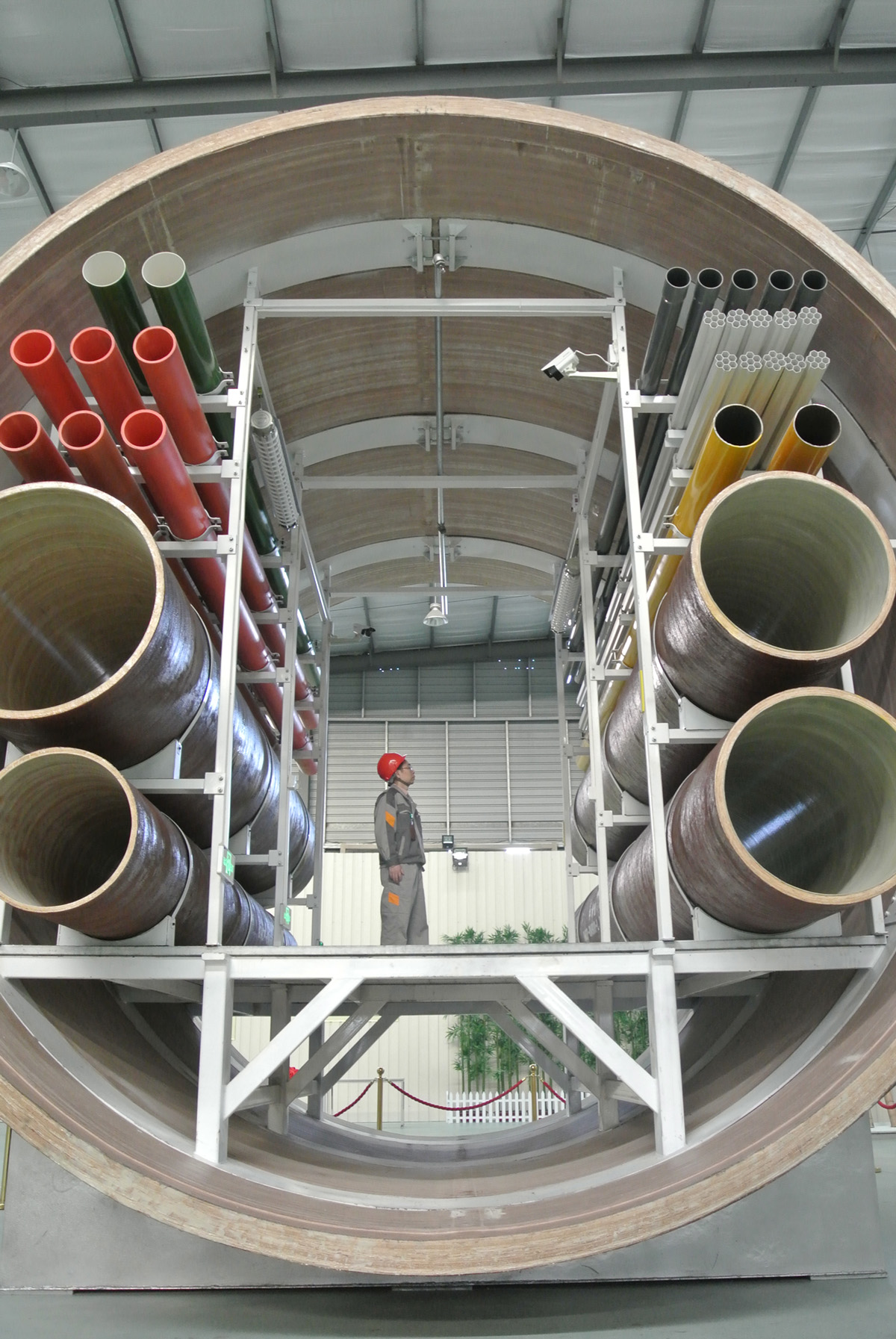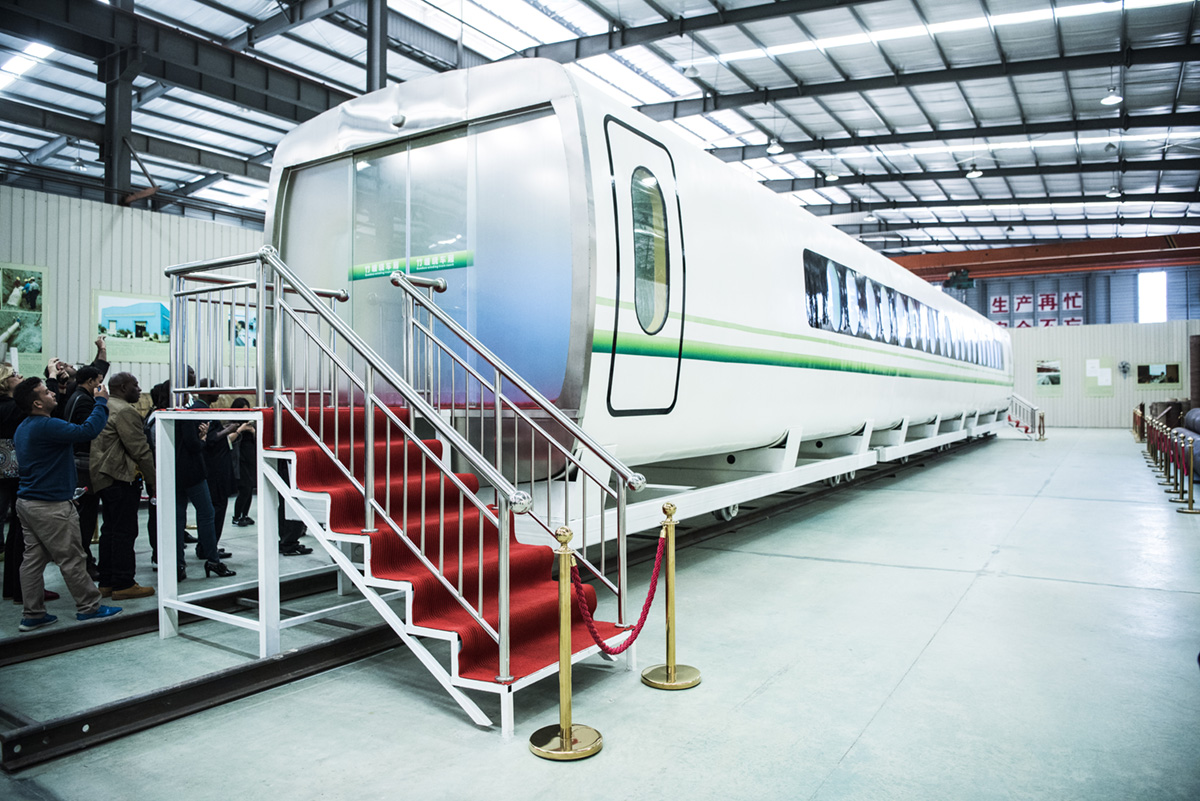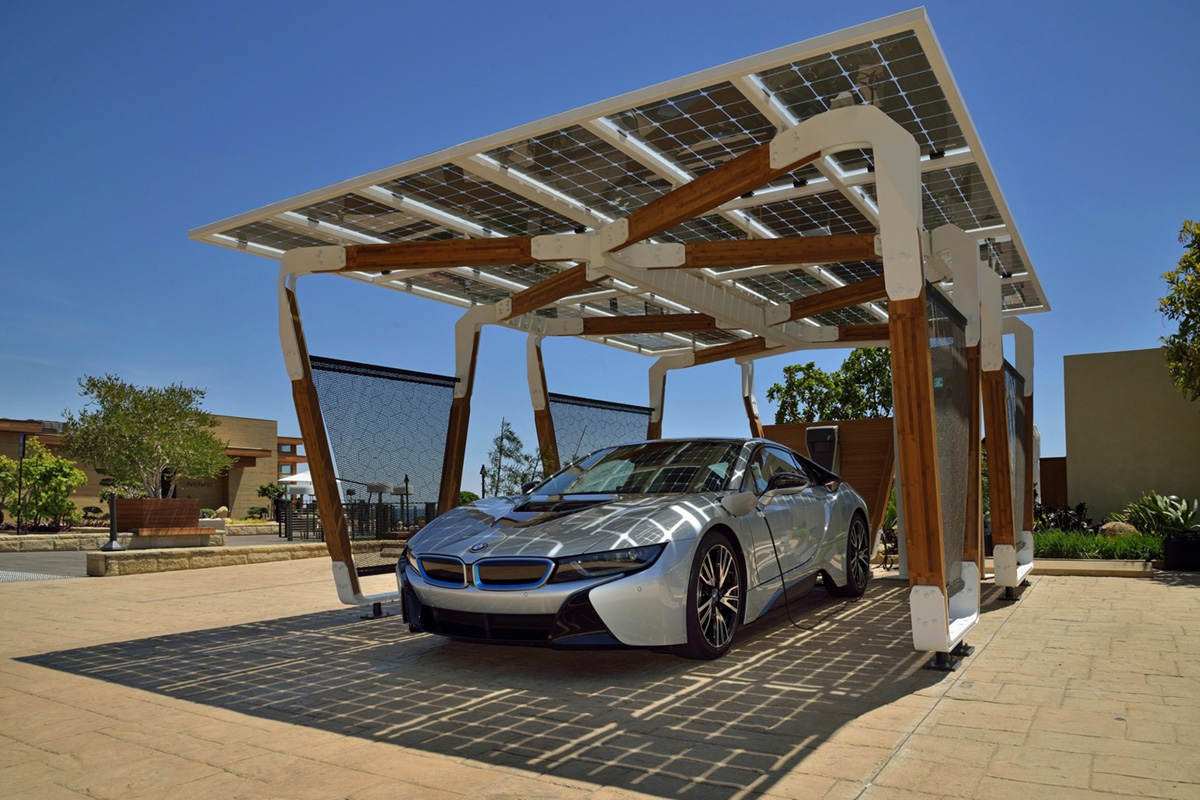Future
System for drainage pipes and pipelines made of wound bamboo material
Photo: Engineering Research Centre for Bamboo Winding Composites (ERCBWC)
New manufacturing technologies
For a long time products made of bamboo were perceived as a rather exotic material with a very limited spectrum of applications, in daily life we only encountered a cutting board in Northern Europe at most, or here and there a cheap parquet in the do-it-yourself market.
This has changed rapidly since 2000. The new production technologies developed in China, in which, for example, the very long woody bamboo fibres are first soaked in water and then pressed into blocks with a small amount of phenolic resin (5-7%) under pressure and heat, have produced a whole range of new materials. Chinese manufacturers are working with universities to ensure a controlled development process. In the Netherlands, it is mainly the Delft University of Technology that has carried out a number of studies to investigate the environmental aspects of this bamboo production.
The first worldwide congress on the subject of bamboo was held in Beijing from 25-27 June 2018, with participants from 68 countries. The congress was organised by INBAR, the International Bamboo and Rattan Organisation.
The Engineering Research Centre for Bamboo Winding Composites (ERCBWC), which has developed a new technique for "winding" bamboo that makes it possible to produce particularly durable and strong materials, attracted particular attention in Beijing. The bamboo fibres are wound onto huge heated steel rolls with a diameter of up to 10 metres and compacted with the addition of resins. So far, ERCBWC has produced heavy-duty drainage pipes in Hohhot, Inner Mongolia, but the winding technology was also presented as a wagon fuselage, which is currently being tested. According to ERCBWC, the flexibility and low-carbon nature of bamboo make it particularly interesting for this purpose. As a renewable, CO2 neutral and cost-effective raw material, bamboo can replace today's energy-intensive and comparatively expensive materials such as steel, aluminium and carbon in the long term.
Train wagon made of wound bamboo material
Photo: Engineering Research Centre for Bamboo Winding Composites (ERCBWC)
Durable, sustainable and CO2 neutral
The aspect of "durability" is particularly important, as it mainly concerns modern, technically mature bamboo products that are new to the market. The report shows that bamboo is a very competitive material for carbon sequestering because of its rapid carbon storage and its ability to "displace" carbon by replacing more carbon-intensive products. The report also shows that bamboo can store more carbon than some tree species - from 200 to nearly 400 tonnes of carbon per hectare - taking this product displacement factor into account. The current development of new bamboo materials and applications will lead to consideration of the use of bamboo instead of traditional, more emission-intensive or unsustainable materials such as cement, steel, wood and plastics.
BMW Solar Carport South Africa
Photo: Moso International B.V.
Bamboo and Design
In summary it can be said that bamboo - in addition to the already known products - will play one of the leading roles in the design world as a new material in new areas over the next 5 years. And it won't stop with the exciting looking solar carport from BMW Design and the beautiful bamboo dashboard in the BMW I3.



